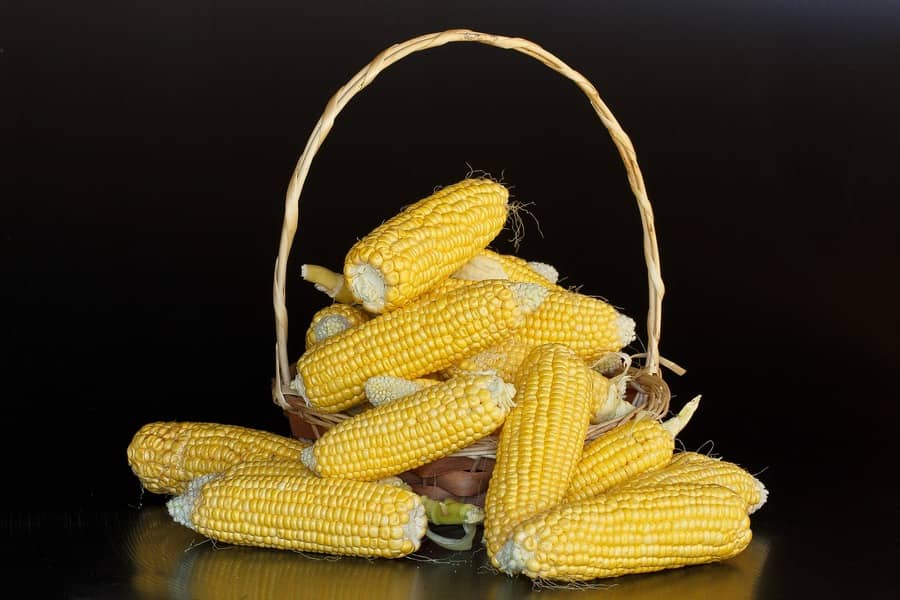Porto Alegre, June 13, 2023 – Tensions and expectations regarding the US crop of corn remain as an alternative to inhibit the low price curve for the second semester in the Brazilian market. With the size of the Brazilian crop that is starting to be reaped, however, there is no time to wait for improvements. With each price movement, exports need to move forward under the risk of accumulating too many stocks for the 2024 entry, generating logistical difficulties for the next summer crop. So, the market tries to align itself with exports as a major liquidity factor from now on. The risk of frost with the arrival of the Brazilian winter will always be present, but for now the cold front this week should not bring greater risks to crops.
The Brazilian corn market now has a short but important interval until the initial faster advance of the second-crop of harvest of corn. In some locations, summer corn is already more restricted, and many producers are still waiting for something new for final sales. In some locations, the harvest should only advance from the end of this month. So, we notice, for example, Minas Gerais trying to occasionally boost prices over the week in a move that can be restricted to this month.
On the other hand, most consumers are already slowly participating in the purchase of second-crop corn, following the prices of exporters. However, in this interval until the second-crop harvest of corn and the progress in the receipt of the lots already bought, there is a need for business and supplies. Isolated lots and lots to meet short-term demand may even suggest some price improvement in the short term.
However, the focus remains on the second-crop harvest and the inflow of this supply to meet domestic demand. Last week, as we mentioned, a cold front emerged from Argentina in the second week of June and with temperatures that should have lower averages until the end of the month. For the time being, despite the shock in changing temperatures, frosts can be registered with low intensity and limited to southern Paraguay and spots in western Paraná and southern Mato Grosso do Sul. We do not believe in a critical situation for crops at this time.
Meanwhile, Mato Grosso is still reaping, and Goiás should start working on June 20. There are 46 mln tons from Mato Grosso and 16 mln from Goiás that start arriving in the states as of this month. From July, the other states should start the harvest. The issue in this environment is that exports alone cannot flow out this entire supply, and there is no space in warehouses to receive such a volume in the short term, not least because almost 40% of the soybean crop are still in warehouses.
Thus, we can see situations similar to that of soybeans in the first half of the year, that is, selling pressures on trading companies and premiums at ports dropping again as the harvest progresses. Therefore, price levels at ports closed the week below BRL 60/bag for shipments from July to September. Despite a scenario of firm prices on CBOT, the size of the Brazilian second crop continues to be a pressuring factor for premiums and internal logistics.
Of course, the expectation is still focused on this environment of the US crop, which may still bring some variables or moments that make possible a better liquidation in the Brazilian market, even if it occurs in a limited period. The fact is that we still do not have a global supply panic like in 2022, and the price curve remains bearish for the CBOT. The biggest risk is to see CBOT prices drop to USD 4.30/bushel during the US harvest, which would hinder Brazilian exports, perhaps requiring a resumption of higher premiums.
The challenge of reaching 50 mln tons in shipments this year has begun. So far, we have close to 6 mln tons accumulated, shipped and to be shipped this year. Until January, the Brazilian market will need to boost exports to reduce the strong internal surplus. The consumer sector will absorb and do its share of second crop trading but within the parameters of its biggest competitor, the exporter sector.
Follow the Safras Agency on our website. Also follow us on our Instagram and Twitter and stay on top of the main agribusiness news!

